Through the heart of Australia on two wheels: Amazing photographs chronicle explorer’s 3,000km, four-week solo bike ride through the outback and finished in Darwin 100 years ago today.
Note: Original article was posted in the UK’s Daily Mail on June 11, 2014 – and has been shared here on Gravel Cyclist (sans a lot of ads). Thank you to Jim Rice for sharing this with us.
- Edward ‘Ryko’ Reichenback cycled from Adelaide to Darwin at the age of 21.
- The 3,000km journey took him 28 days to complete. He arrived at the Darwin Post Office 100 years ago today.
- The Northern Territory Library have released photographs of his journey to commemorate the centenary.
- The keen photographer took more than 3,000 photographs of the Northern Territory but they were stolen from his apartment and only a few hundred are available to the public, from private collections or libraries.
One hundred years ago today, 21-year-old Edward ‘Ryko’ Reichenbach, arrived at the old Darwin Post Office, having cycled 3,000km across the desert from the post office in Adelaide.
Ryko, a keen cyclist and photographer, broke the record for the fastest person to cycle from Adelaide to Darwin, completing the journey in just 28 days.
The Northern Territory Library, which is on the site of the old post office, where Ryko completed his journey, is marking the centenary of the occasion with an exhibition of some of the photographs Ryko took during his journey.
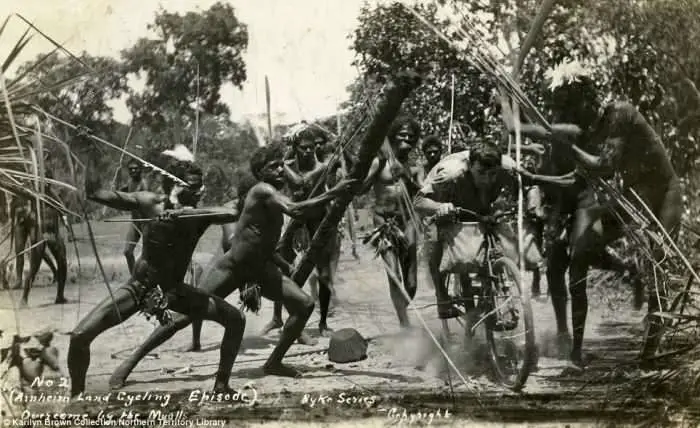
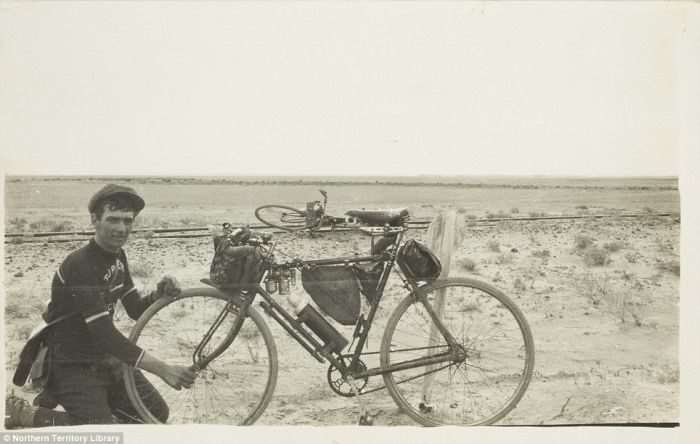
The adventurous young man embarked on the 3,000km journey with a friend, John Fahey, but just before crossing the border from South Australia into the Northern Territory, Mr Fahey sprained his ankle and was forced to stop and rest, leaving Ryko to continue the journey alone.
A keen photographer, Ryko took a Koadak camera with him and used the trip to photograph some of Australia’s most remote sites.
After arriving in Darwin, Ryko opened a shop where he sold prints of his photographs for four pence each, developing the photos in a studio out the back.
But in December 1915 he sold the business and resumed his nomadic lifestyle, travelling across the Northern Territory, taking photographs as he went.
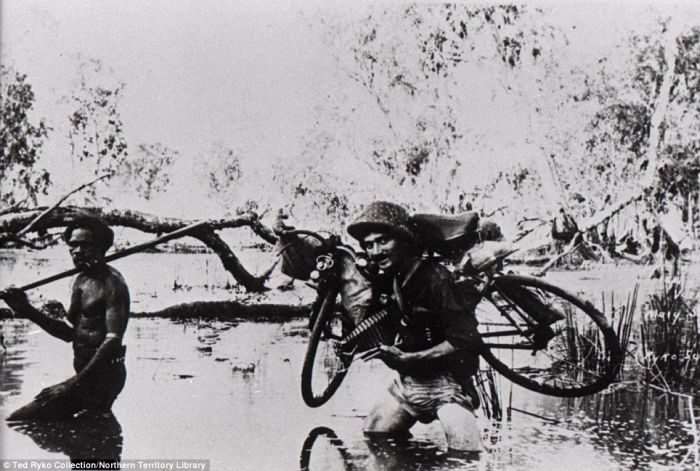
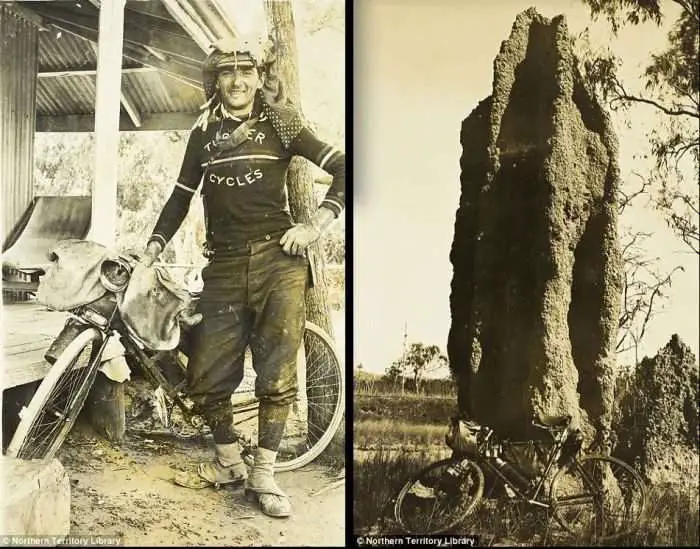
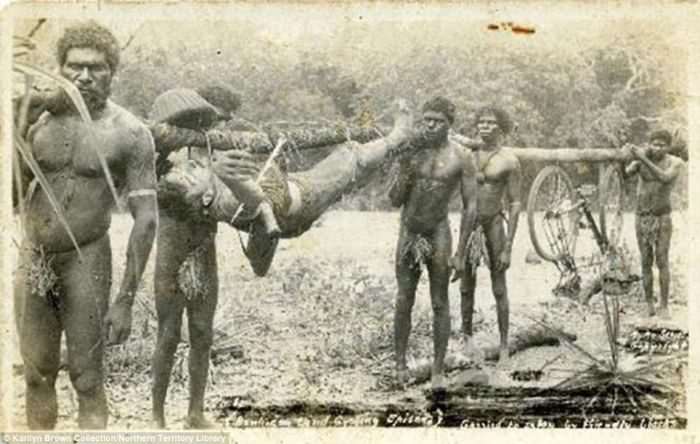
He often visited the Mary and Alligator Rivers, near Kakadu, to photograph the buffalo shooting camps, and returned to Darwin every few months to develop, print and sell his work.
During the First World War the Northern Territory government suspected Tyko of being a German spy, due to his German heritage – though he was Australian-born – and because of his travelling and photography. His name was cleared, but by 1917 he had already left the Northern Territory.
Ryko moved to Sydney, but his flat was robbed and his collection of photographs, from which he derived his income, was stolen.
The collection has never resurfaced and the only photographs of his that are currently publicly available come from the prints he sold that survived in private collections, museums, archives and libraries.
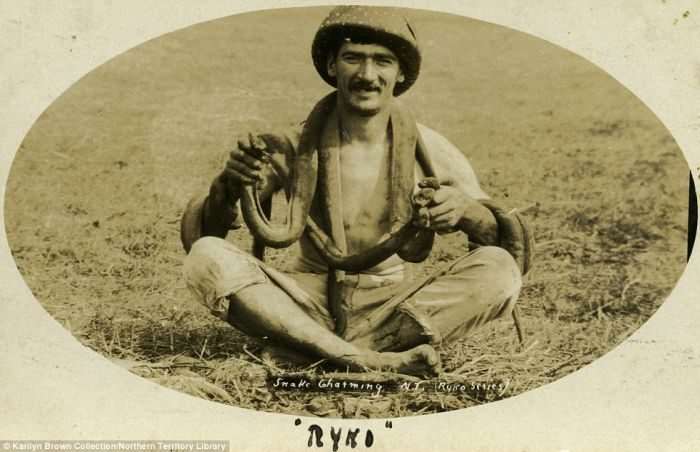
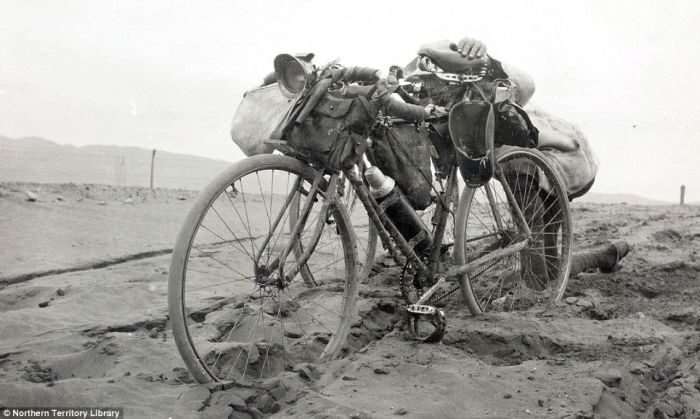
Of the nearly 3,000 photographs he took during his time in the Northern Territory, only a few hundred are known to exist today.
Toward the end of the 1930s, Ryko began working with the Commonwealth Railways in remote central Australia, where he remained for almost 18 years, he died in 1968 at the age of 75 in a retirement home in Nhill.
His family are marking the centenary of his famous journey by recreating the last leg of his ride. His granddaughter Michèle Adler, 68, rode from Tennant Creek to the Northern Territory Library, arriving just after midday today.
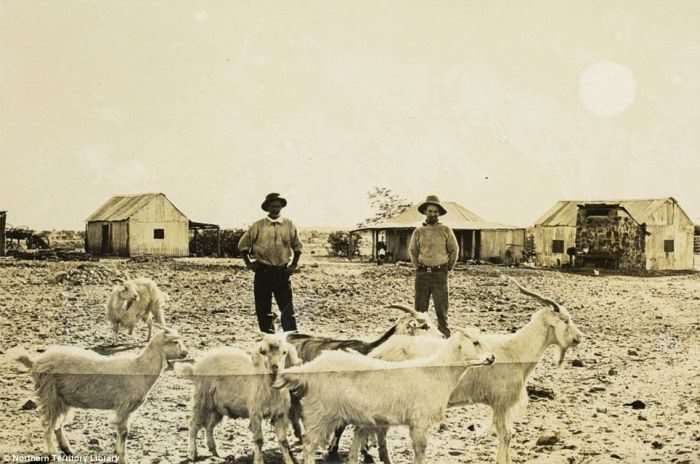
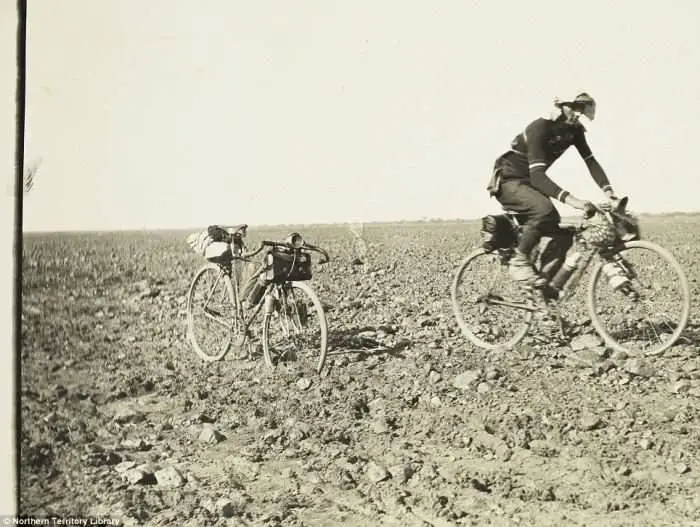
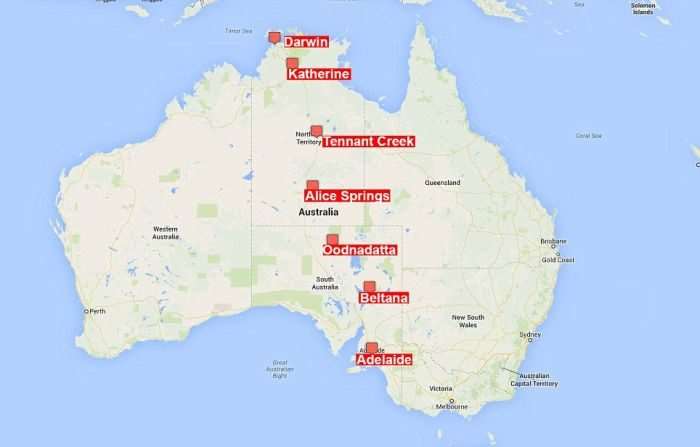


JOM, we should reenact his ride……but without all that unpleasant sand……and modern bikes with gears and brakes……and big old spooge tires. He was a crazy man!
Need to crowd source so I can do it K-Dogg! Feel free to donate $US 25,000 from your humble wood stove business – write the check (cheque) to JOM’s Walkabout Cycling Fund. Thanks in advance! 🙂
That was a hard man with a sense of humor, excellent.
Epic.
It seems to me that modern gravel racing is far too easy. I propose having volunteers with spears chasing the riders at next years DK.
The LAGG’s grandfather, CMF Shillito raced on gravel roads in the early 1900’s to 1930’s….100+ MILE RACES…ON FIXED GEARED BIKES…..
Tough? Those guys would eat modern gravel racers for breakfast then chase their support crew for something to munch on during the race!
Pansies. Real men could do it on a push bike as wee toddlers.
Ryko is the true definition of two strong words that are carelessly used in the cycling community nowadays. EPIC and LEGEND.
This is a great story!! Ryko seems like super cool guy to hang out with. And to ride the outback all by himself. He is a super hero. Did anyone write a book about his travels?
I’m a bit of a history buff. I’m always amazed with the accomplishments of some incredible people in 19th and early 20th century. Lewis & Clarke, Fredrick Law Olmsted, Theodore Roosevelt, the Wright bothers, etc. I’ll add Ryko to my list. It’s also interesting to me that, other than material changes, the double diamond bicycle design hasn’t changed in over 100 years. It is very hard to improve on a design that is already almost perfect.